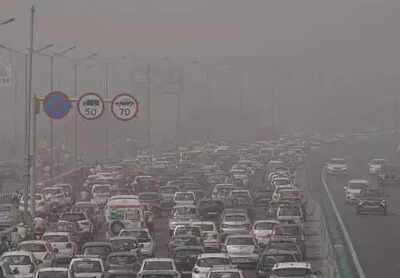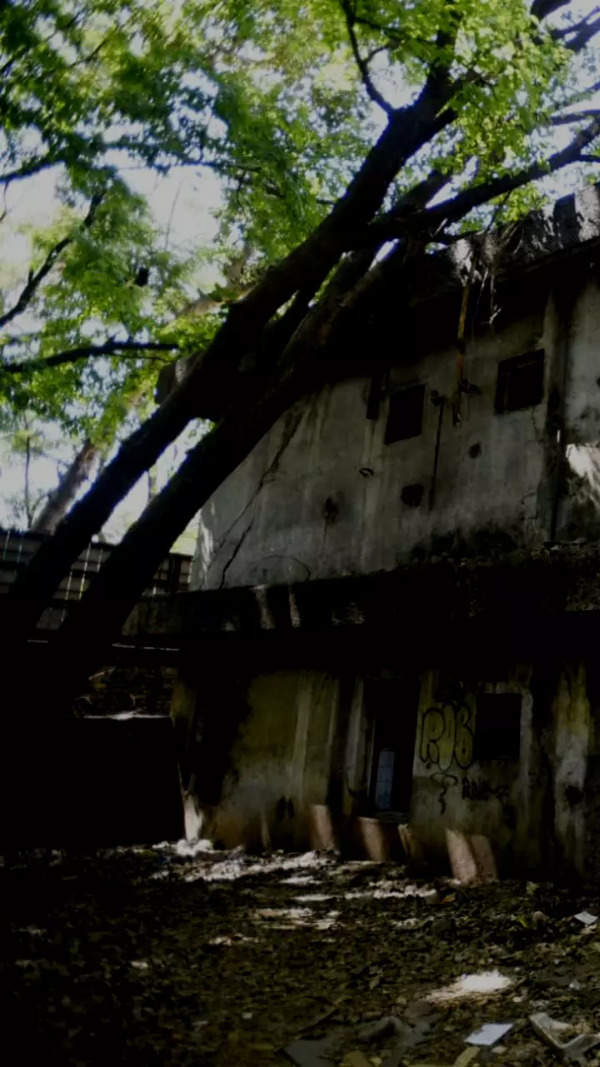- News
- India News
- Explainer: Why Delhi is so dusty and NCR choking
Trending Topics
Explainer: Why Delhi is so dusty and NCR choking

Delhi woke up on Tuesday to grey skies and dusty weather, with the PM10 pollution soaring to hazardous levels.
This came a day after Delhi's Environment Minister Gopal Rai unveiled plans to station mobile vans across the city to pinpoint individual pollution sources for targeted action.
Delhi has been among the most polluted cities in the world for years, and improving air quality here has been an issue of politics, election, judicial interventions and public debate.
How bad
Visibility was a mere 700 metres at 10 am at the Palam Observatory near the airport, as compared to 4,000 metres at 9 am on Monday.
By 3 pm, the overall air quality index had worsened to 260, from 162 at 4 pm on Monday.
Data showed PM10 levels soaring to 3,826 micrograms per cubic metre at some places, as against the safe levels of up to 100 micrograms per cubic metre.
Is it normal?
The Commission for Air Quality Management (CAQM) said it's an "exceptional episodic event" which has led to continual dispersion of dust over the entire Delhi-NCR.
Satellite pictures showed a thick layer of dust covering large parts of northwest India.
Every year, Delhi witnesses long-range transport of dust from Rajasthan, neighbouring areas of Pakistan and even Afghanistan during summer months.
This year, a combination of intense heat in northwest India, parched soil due to the absence of rainfall and strong winds have made Delhi dusty and NCR choking.
Dust-laden winds with speeds up to 50 kmph breezed through Delhi between 3 am and 6 am, drastically lowering the visibility.
Health hazard
Dust particles, especially PM2.5, can penetrate deep into the respiratory system when inhaled.
People with bronchitis, bronchial asthma and chronic obstructive pulmonary disease are at a greater risk.
Dusty conditions also aggravate rhinitis, allergy and irritation of the eyes.
For how long
The situation is likely to improve in one to two days with rain also expected on May 18.
This came a day after Delhi's Environment Minister Gopal Rai unveiled plans to station mobile vans across the city to pinpoint individual pollution sources for targeted action.
Delhi has been among the most polluted cities in the world for years, and improving air quality here has been an issue of politics, election, judicial interventions and public debate.
How bad
Visibility was a mere 700 metres at 10 am at the Palam Observatory near the airport, as compared to 4,000 metres at 9 am on Monday.
By 3 pm, the overall air quality index had worsened to 260, from 162 at 4 pm on Monday.
Data showed PM10 levels soaring to 3,826 micrograms per cubic metre at some places, as against the safe levels of up to 100 micrograms per cubic metre.
Is it normal?
Satellite pictures showed a thick layer of dust covering large parts of northwest India.
Why
Every year, Delhi witnesses long-range transport of dust from Rajasthan, neighbouring areas of Pakistan and even Afghanistan during summer months.
This year, a combination of intense heat in northwest India, parched soil due to the absence of rainfall and strong winds have made Delhi dusty and NCR choking.
Dust-laden winds with speeds up to 50 kmph breezed through Delhi between 3 am and 6 am, drastically lowering the visibility.
Health hazard
People with bronchitis, bronchial asthma and chronic obstructive pulmonary disease are at a greater risk.
Dusty conditions also aggravate rhinitis, allergy and irritation of the eyes.
For how long
Start a Conversation
FOLLOW US ON SOCIAL MEDIA
FacebookTwitterInstagramKOO APPYOUTUBE










